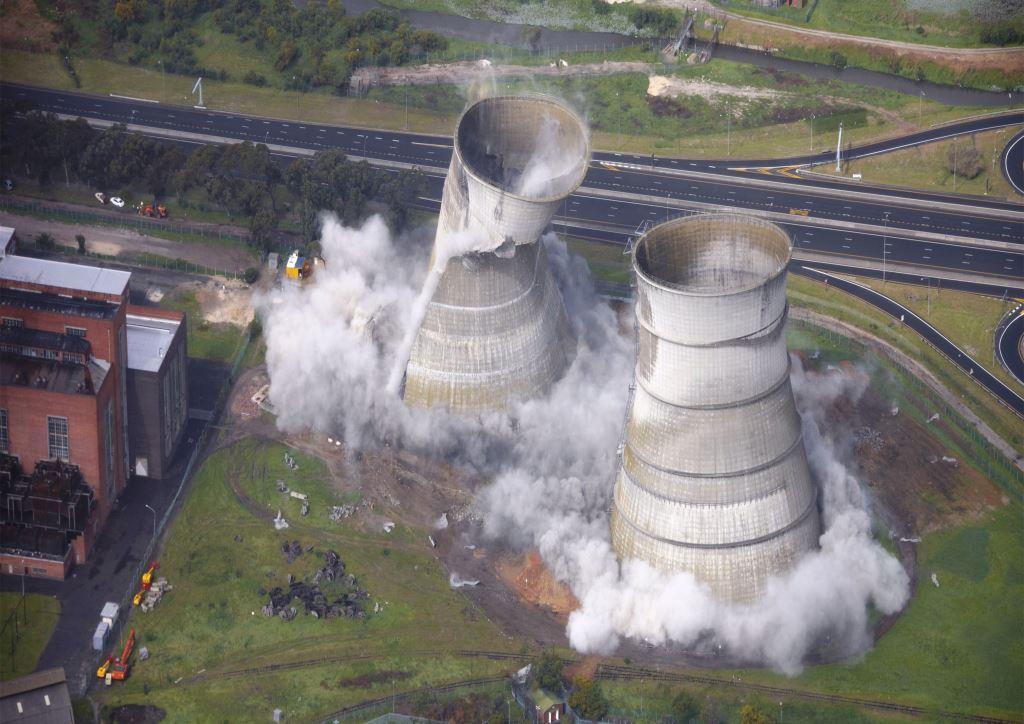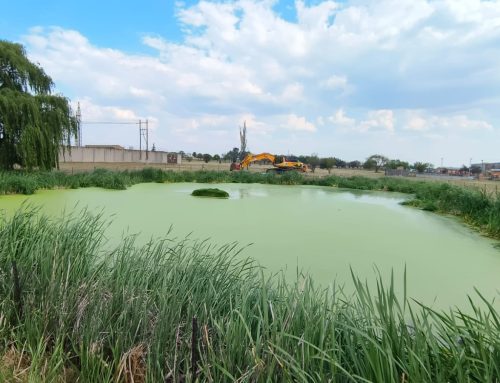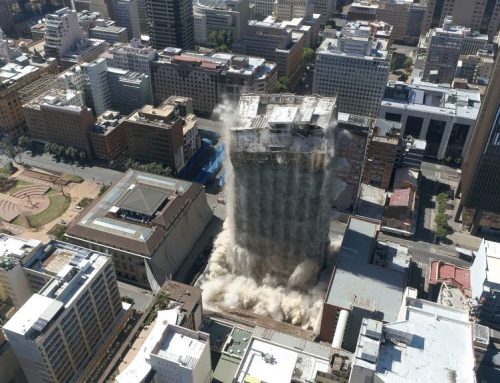A turnkey approach to demolition
Combining physics and engineering to achieve optimal blast designs requires a sound understanding of the structure and its potential environmental impacts.
When structures outlive their useful purpose, extensive renovation is one option available to the building owner. However, where buildings are condemned or pose a hazard, demolition frequently offers the most practical and economical solution. In fact, in many cases, demolition makes way for new opportunities, and excellent examples exist to demonstrate the successful conversion of mining and industrial brownfield sites into mixed-used precincts. One such example in South Africa is the demolition of the old Cape Town Power Station, which made way for the expansion of the city’s world-famous foreshore and waterfront zones.
Left in the hands of the experts, the results are both dramatic and highly beneficial. Jet Demolition, based in Gauteng, is regarded as a market leader in this field. As a member of the South African Federation of Civil Engineering Contractors, the company has developed a unique range of pro-ducts to meet diverse applications in mining and construction and is the only demolition company in South Africa with a five-star Nosa safety rating.
Jet Demolition MD Joe Brinkmann says the company’s services extend well beyond demolition and includes radioactive decontamination, asbestos removal, environmental remediation, reclamation, equipment salvage and disposal, and the demolition of concrete and steel structures of all types.
“One needs to have a firm understanding of the mechanical strengths of structures and must then use gravity to maximum effect,” says Brinkmann. “In doing so, you also have to understand the overall behaviour of the structure once it starts to come apart.” Brinkmann adds that, while a number of companies within South Africa may claim to offer a demolition service, only two have true expertise in this field.
He offers by example the world-first Corex plant at Iscor, a 105-m structure and possibly the tallest industrial structure ever demolished in South Africa, which Jet Demolition dropped adjacent to operational equipment. Brinkmann emphasises the fundamental importance in establishing the boundaries of the project. “This involves carrying out a pre-blast assessment of surrounding structures; monitoring the environmental effects of the blast (namely ground vibration and air blast); and then carrying out post-blast assessment,” says Brinkmann. He adds that the company uses independent consultants, who carefully record the pre- and postblast results using photography and video footage to ensure protection against unsubstantiated claims. He points out that environmental impacts remain a primary concern, whether for the demolition of a potentially-hazardous chemical plant, or for the removal of materials such as asbestos in older buildings prior to their being demolished.
Jet Demolition’s project experience includes heavy-industrial plants and factories, mine metallurgical plants and infrastructure, commercial and government office blocks, hazardous chemical plants, furnaces, blocks of flats, cooling towers, smoke stacks and mine-headgear structures.
The company’s ‘hands-on’ approach to each project is service-orientated and strives to ensure complete client satisfaction. Jet Demolition is proud of its reputation for safety, dependability, timeliness, quality, and competitive pricing.
http://www.miningweekly.com/article/a-turnkey-approach-to-demolition-2005-11-25/rep_id:3650







